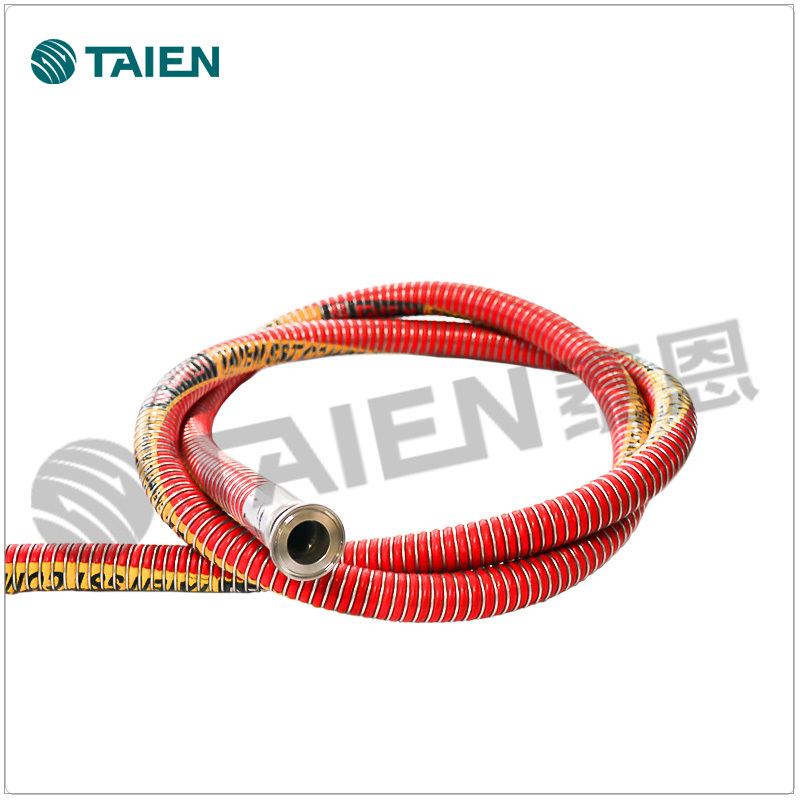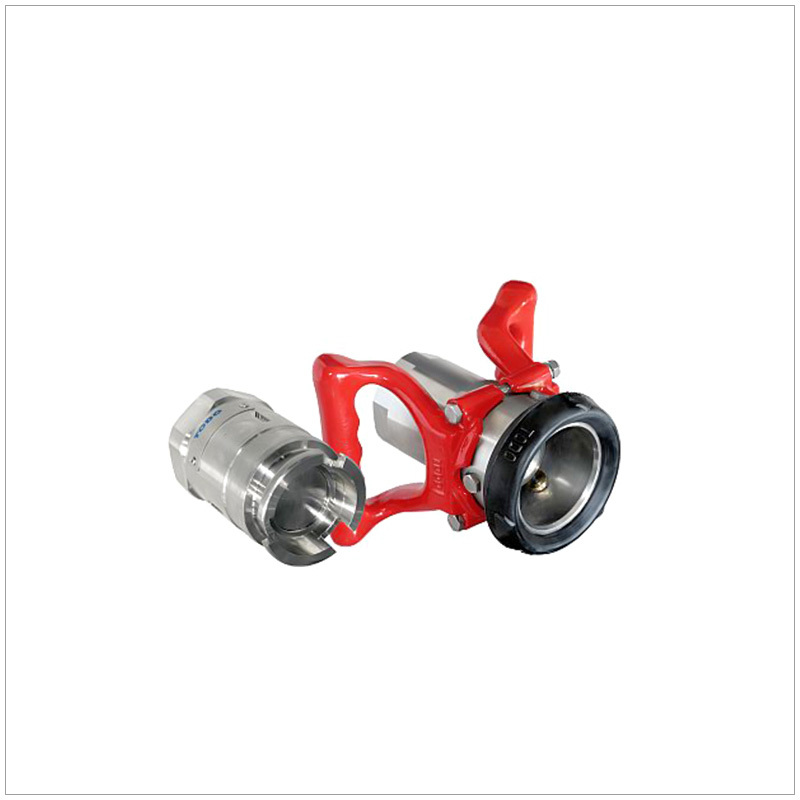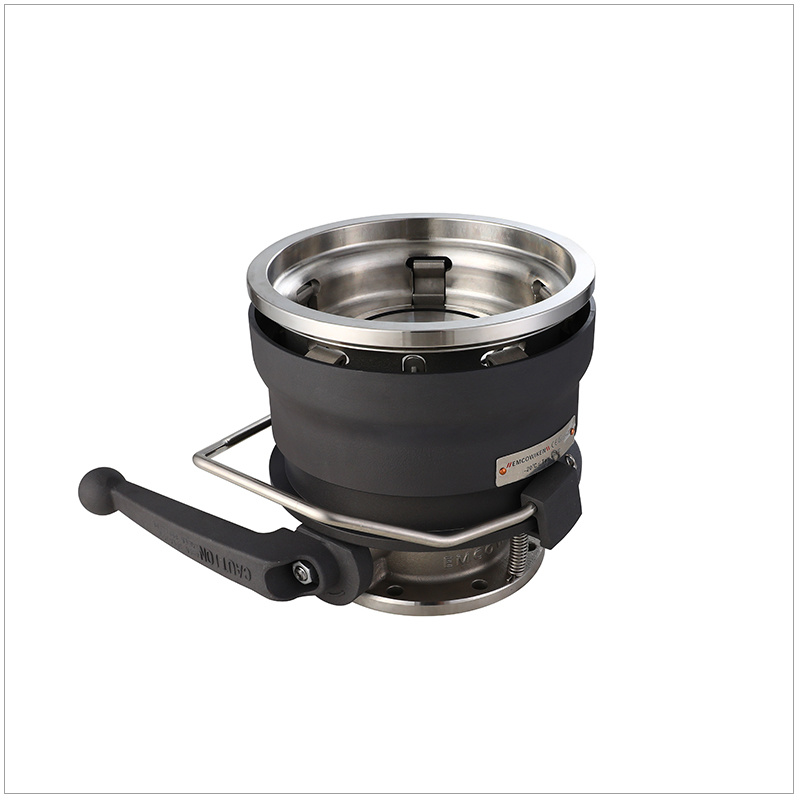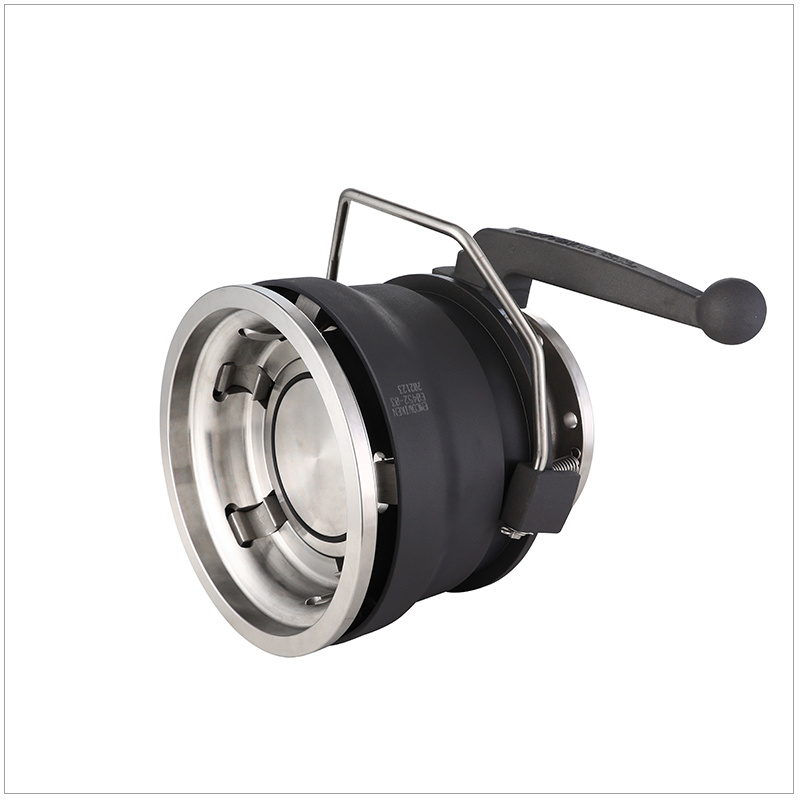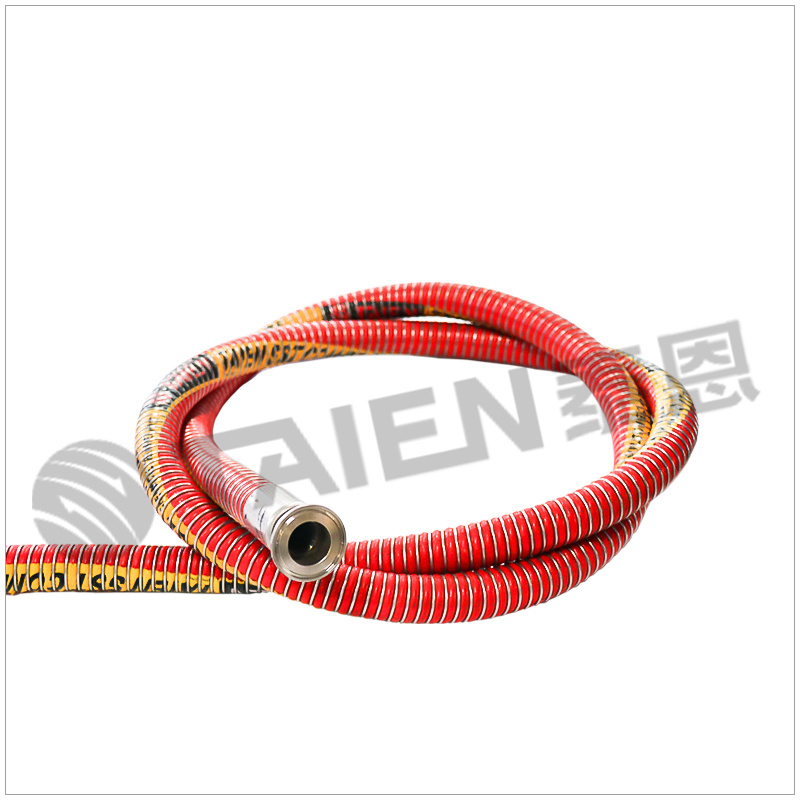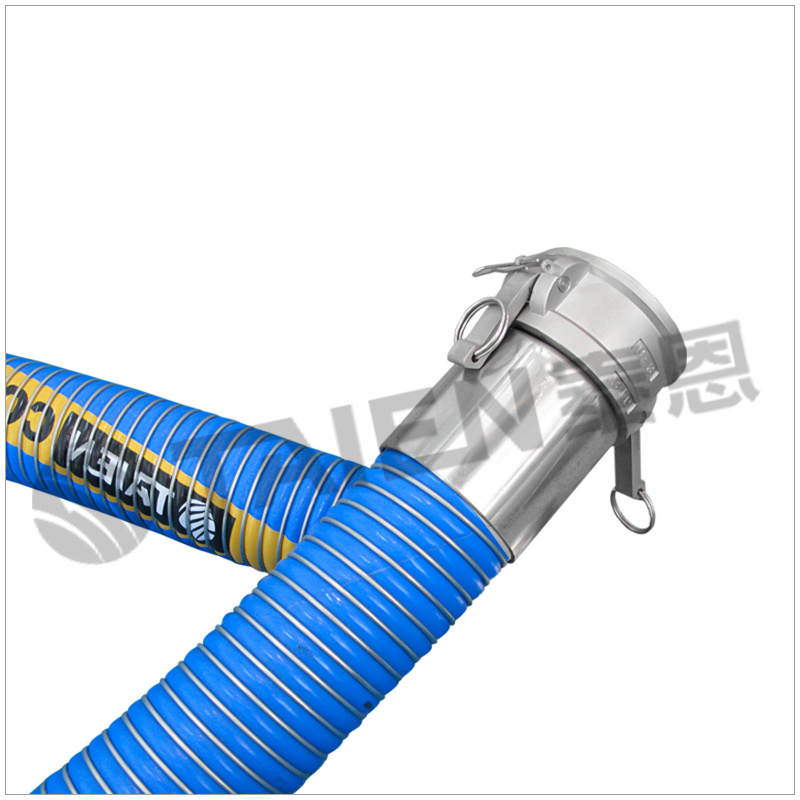How Rope-Type Breakaway Valves Prevent Costly Spills and Leaks
Release time:
2025-07-28
Author:
Source:
Abstract
Understanding Rope-Type Breakaway Valves: An Essential Component in Fluid Management
In today’s industrial landscape, the need for effective fluid management has never been more crucial. One innovative solution that has gained traction is the **rope-type breakaway valve**. These valves are specialized devices that play a pivotal role in preventing costly spills and leaks, thereby safeguarding both
Understanding Rope-Type Breakaway Valves: An Essential Component in Fluid Management
In today’s industrial landscape, the need for effective fluid management has never been more crucial. One innovative solution that has gained traction is the **rope-type breakaway valve**. These valves are specialized devices that play a pivotal role in preventing costly spills and leaks, thereby safeguarding both financial investments and the environment. This article aims to delve deep into how these valves operate, their benefits, installation procedures, and best practices for maintenance.
Table of Contents
- What Are Rope-Type Breakaway Valves?
- How Do Rope-Type Breakaway Valves Work?
- Benefits of Using Rope-Type Breakaway Valves
- Installation Procedures for Rope-Type Breakaway Valves
- Maintenance and Inspection of Rope-Type Breakaway Valves
- Common Applications in Various Industries
- Choosing the Right Rope-Type Breakaway Valve
- Frequently Asked Questions
What Are Rope-Type Breakaway Valves?
Rope-type breakaway valves are specialized valves designed to disconnect fluid lines under certain conditions, thereby preventing spills and leaks. These devices typically consist of a valve body, a breakaway mechanism, and a rope designed to sense tension. When excessive force is applied to the rope, the valve disengages, stopping fluid flow and minimizing potential damage.
The Mechanical Components of Rope-Type Breakaway Valves
Understanding the mechanical components of these valves is essential for appreciating their functionality. **Key components include**:
- **Valve Body**: The primary housing that contains the valve mechanism.
- **Breakaway Mechanism**: This is typically a specially designed hinge or coupling that allows the valve to disconnect under stress.
- **Rope**: Made from durable materials, the rope is the first line of defense. It signals the valve to break away when excessive tension is detected.
How Do Rope-Type Breakaway Valves Work?
The operation of rope-type breakaway valves can be broken down into a series of steps:
1. **Normal Operation**: During standard conditions, the valve remains closed, allowing normal fluid flow through the system.
2. **Tension Detection**: When a force is applied to the attached rope—such as during a vehicle accident or unexpected pull—the rope senses the tension.
3. **Activation of Breakaway Mechanism**: Upon reaching a predetermined tension threshold, the breakaway mechanism triggers, disconnecting the valve body from the piping network.
4. **Fluid Flow Cessation**: Once the valve disengages, fluid flow is immediately halted, preventing spills and protecting the surrounding environment.
The Importance of Tension Settings
Setting the correct tension threshold is critical. If it’s too high, the valve may not activate during a genuine emergency. Conversely, if it’s too low, it may disengage under normal operational conditions. Thus, it’s essential to evaluate the specific application and environmental factors when determining tension settings.
Benefits of Using Rope-Type Breakaway Valves
Rope-type breakaway valves offer numerous advantages that make them invaluable in fluid management systems. Some of the most significant benefits include:
1. Prevention of Environmental Contamination
By halting the flow of hazardous materials, these valves play a critical role in protecting the environment from contamination due to spills. This is especially vital in industries dealing with petroleum, chemicals, and other potentially harmful substances.
2. Financial Savings
The cost of cleaning up spills, compensating for damages, and potential fines due to environmental violations can be exorbitant. Rope-type breakaway valves mitigate these risks, ultimately leading to significant financial savings for companies.
3. Enhanced Safety
Worker safety is paramount in industrial environments. The installation of these valves reduces the risk of accidents related to fluid leaks, ensuring a safer workplace for employees.
4. Compliance with Regulations
Many regions have strict regulations regarding fluid management and spill containment. Installing rope-type breakaway valves can help companies comply with these laws, reducing the risk of legal issues.
Installation Procedures for Rope-Type Breakaway Valves
Proper installation is crucial to the effective operation of rope-type breakaway valves. Here’s a step-by-step guide on how to install them correctly:
1. Site Assessment
Before installation, conduct a thorough assessment of the site. Consider the types of fluids being transported, the piping layout, and potential points of stress on the system.
2. Choose the Right Location
Select an appropriate location for the valve. It should be easily accessible for maintenance and inspection, while also being strategically placed to minimize the risk of undue stress.
3. Prepare the Piping
Ensure that all piping is clean and free from debris. Proper pipe alignment is essential to avoid unnecessary strain on the valve.
4. Install the Valve
Follow the manufacturer’s instructions for installing the valve. This typically involves securing the valve to the piping system using appropriate fittings.
5. Attach the Rope
Securely attach the rope to the valve as per the guidelines. Ensure that it is free of knots and can move freely without obstruction.
6. Test the System
Once installed, test the system to ensure that the valve operates correctly. Simulate tension conditions to confirm that the breakaway mechanism engages as intended.
Maintenance and Inspection of Rope-Type Breakaway Valves
Regular maintenance and inspection are critical to ensuring the long-term effectiveness of rope-type breakaway valves. Here are some recommended practices:
1. Routine Checks
Conduct routine checks to inspect the physical condition of the valve and the rope. Look for signs of wear, corrosion, or damage.
2. Testing the Breakaway Mechanism
Periodically test the breakaway mechanism to ensure it functions correctly. This can involve simulating tension to verify that the valve disengages as expected.
3. Record Keeping
Maintain detailed records of inspections and maintenance activities. This documentation can be vital for compliance and auditing purposes.
4. Replace Worn Components
If any component of the valve shows signs of wear, it should be replaced immediately to prevent malfunction during an emergency.
Common Applications in Various Industries
Rope-type breakaway valves are utilized across various industries where fluid management is critical. Some common applications include:
1. Petroleum and Gas
In the oil and gas sector, these valves are vital for preventing spills during transportation and storage of petroleum products.
2. Chemical Processing
In chemical processing plants, rope-type breakaway valves protect against hazardous spills that could result from equipment failure or accidents.
3. Transportation and Logistics
Companies involved in the transportation of liquids, such as fuel delivery services, often use these valves to safeguard against leaks during transit.
4. Agriculture
In agricultural applications, these valves are used for managing fertilizers and pesticides, protecting both the environment and crop yield.
Choosing the Right Rope-Type Breakaway Valve
Selecting the appropriate rope-type breakaway valve requires careful consideration of various factors:
1. Fluid Compatibility
Ensure that the valve material is compatible with the specific fluids being transported to prevent degradation.
2. Pressure and Temperature Ratings
Choose a valve that can withstand the operational pressure and temperature conditions of your system.
3. Size and Flow Requirements
Select a valve size that matches your pipeline's diameter and flow requirements to ensure optimal performance.
4. Manufacturer Reputation
Opt for valves from reputable manufacturers known for quality and reliability. This can significantly impact the performance and longevity of the valve.
Frequently Asked Questions
1. What materials are rope-type breakaway valves made from?
Rope-type breakaway valves are typically constructed from durable materials like stainless steel or high-density polyethylene to resist corrosion and wear.
2. How often should I inspect my rope-type breakaway valve?
Routine inspections should be conducted at least quarterly, with more frequent checks recommended based on the operating conditions and frequency of use.
3. Can I install a rope-type breakaway valve myself?
While it is possible to install the valve yourself, it is recommended to engage a qualified technician to ensure proper installation and compliance with safety standards.
4. What should I do if my valve fails to disengage?
If the valve fails to disengage, inspect for blockages or mechanical issues. Consult the manufacturer’s guidelines for troubleshooting steps.
5. Are there regulatory requirements for installing these valves?
Yes, many regions have specific regulations regarding fluid management and spill prevention. It’s important to familiarize yourself with local laws to ensure compliance.
Conclusion
Rope-type breakaway valves are essential tools in preventing costly spills and leaks across various industries. Their innovative design, which allows for immediate cessation of fluid flow during emergencies, significantly mitigates the risks associated with fluid management. By understanding their operation, benefits, installation procedures, and maintenance requirements, businesses can leverage these valves to enhance safety, protect the environment, and achieve substantial cost savings. Investing in quality rope-type breakaway valves not only ensures compliance with regulations but also contributes to the overall sustainability of industrial operations.
Recommended Reading







